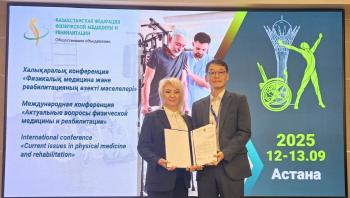"Driving habits" determine my fuel economy?
Sep 23, 2025
|
A car is not just a means of transportation, but a daily necessity with a steady maintenance cost. Improving fuel efficiency not only saves economically, but also has positive effects in terms of the environment. So what are some smart driving habits you can easily practice in your daily life? From now on, let's look at ways to help improve fuel efficiency one by one.
1. To avoid sudden braking
Rapid acceleration and sudden braking are the biggest factors that reduce fuel efficiency while driving. Oil drops quickly because it consumes a lot of fuel in an instant. It is necessary to accelerate smoothly when starting, and to slow down in advance when stopping and apply the brake. This method of driving extends the life of the vehicle.
2. Reducing Urgent Idling
If you wait with the engine on when waiting for a signal or stopping for a while, the oil is wasted meaninglessly. If a stop is expected for more than a minute, it is much more economical to turn off the engine. In particular, idling habits increase according to the season, and it is essential to reduce leaving the engine on for a long time to use the air conditioner.
3. Checking tire pressure
Tire pressure is directly related to fuel efficiency. Lack of air pressure increases road resistance, and eventually the engine has to use more force. Only by periodically checking the air pressure and maintaining an appropriate level can reduce oil consumption. It is the most basic management habit because it is guaranteed to be safe.
4. Reducing Unnecessary Loads
If there are many things piled up in the trunk, the weight of the vehicle increases and fuel efficiency decreases. As the weight increases, the engine must exert greater power, which leads to oil consumption. The habit of organizing long-lost luggage and loading only essential items is beneficial for both fuel economy and vehicle management.
5. Getting into the habit of driving at constant speed
If you speed up and down on the highway repeatedly, fuel efficiency deteriorates dramatically. Maintaining a constant speed is the most economical, and the cruise control function enables more stable driving. Constant driving also reduces driver fatigue and is advantageous for long-distance driving.
6. Adjust air conditioning and window usage
Opening a window during high-speed driving increases air resistance, which worsens fuel efficiency. Conversely, excessive use of air conditioners increases fuel consumption. It is important to balance by opening windows at low speeds and using air conditioners properly at high speeds. Small differences lead to big fuel economy savings in long-distance driving.
Driving habits are not just for safety, but are directly related to fuel efficiency. Small actions such as sudden acceleration and idling, negligence of tire management, and unnecessary loading are the main culprits of fuel waste. However, if you continue to practice the right driving method, you can save gas prices, extend the life of the vehicle, and even protect the environment. Let's remember that small changes lead to big savings and practice it from today.
This article was translated by Naver AI translator.














